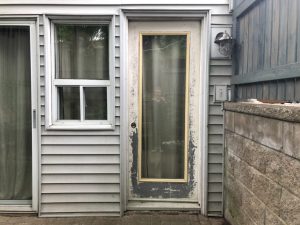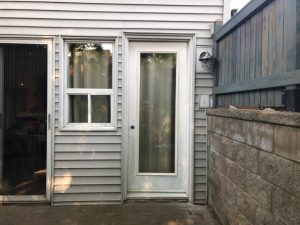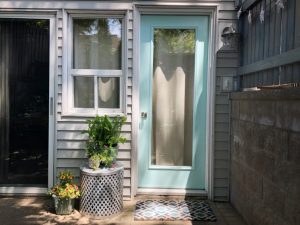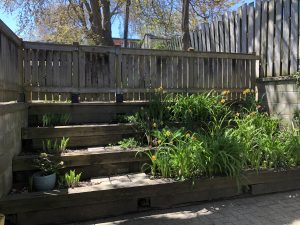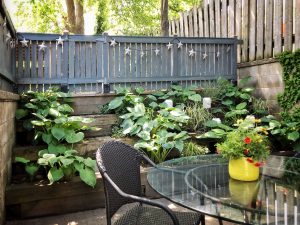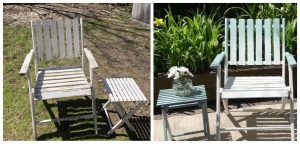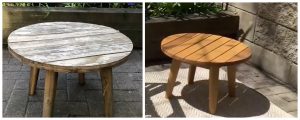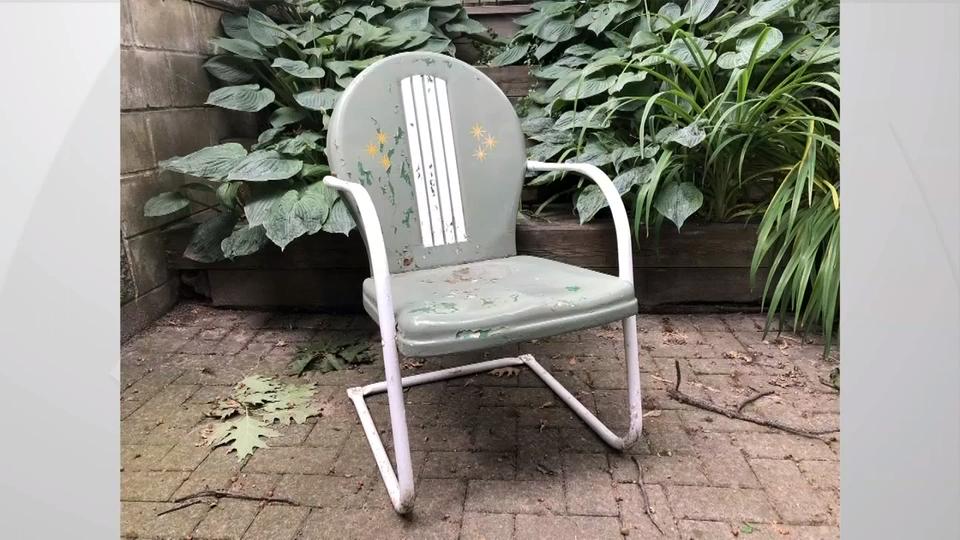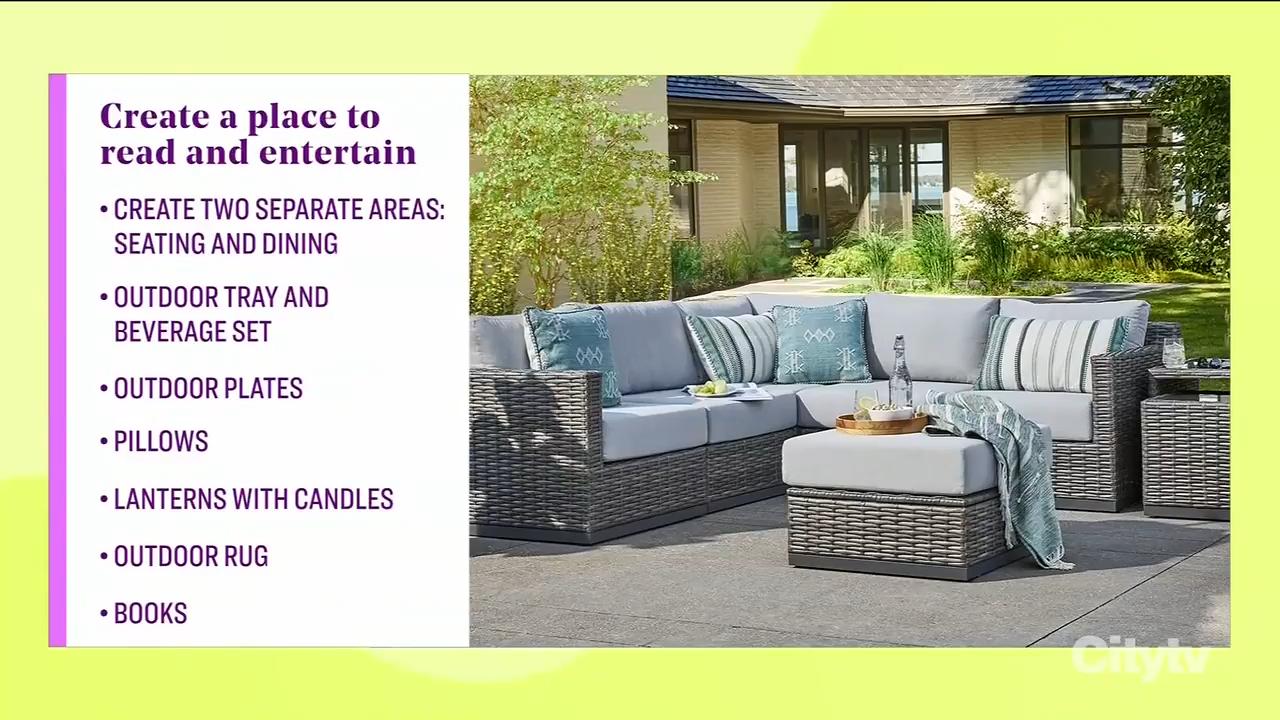Without a doubt, maintaining your home requires meticulous care. Benjamin Moore Paint Expert Sharon Grech has the ultimate DIY guide to transform your backyard and enhance your exterior door, fence and patio furniture.
Door painting:
Revamping a door entrance can leave a lasting impression and transforming its personality can be simple with a fresh dose of paint. Improve your entrance and give charisma to your door as Sharon Grech demonstrates how to paint an exterior door.
- Clean the surface, ridding it of any dirt that may have built up. Degreaser is best to use.
- Scrape and sand door and use a paint scraper to chip off any flaking paint and lightly sand with 150 Grit sandpaper after dry and clean. To prep the surface for primer and paint.
- Protect any areas that are not being painted by removing hardware and or covering with tape.
- Prime if necessary – in most cases Fresh Start All Purpose primer will be ideal, I used Acrylic Metal Primer since there was exposed metal.
- Lightly Sand after the primer dries using a 150 – 200 fine sandpaper and then with damp cloth or tack cloth, remove any residue.
- Paint! Aura Grand Entrance – It’s a waterborne alkyd, specially formulated for doors. I used a 2-1/2” angle sash polyester bristle brush and a small microfibre roller.
Fence staining:
Although commonly overlooked, your fence is an integral border for your home. Through the years it faces snow, sunlight, rain, and can soon start to lose its colour and shine. Proper maintenance can keep it from decomposing before its time. Restoring a fence to illuminate its beautiful wood grain is simple, as Sharon Grech shows how through staining techniques.
ITEMS:
ARBORCOAT Stain Testers
Stain Brush
80 Grit Sandpaper
Wood Cleaner
METHOD:
- Clean fence with wood restorer, then pressure wash and let dry 48hours (or longer).
- An important step is to sample colours on one fence board– I tested 3 shades of blue, Hamilton Blue, Normandy and Spellbound.
- After, lightly sand with 80 grit sandpaper to remove dead wood fibres. When selecting stain keep in mind 3 main stain opacities depending on aesthetic and function. Translucent stain is best for newer wood to add slight colour and UV protection. Semi-Transparent stain adds more colour to wood. Solid stain is great for imperfect wood to hide flaws. When applying, brush stain in the direction of the grain.
Revamping patio furniture:
Old patio furniture often has great character and rather than replacing the furniture, the right refinement can restore its essence. Sharon Grech delves into how to give an old patio chair and teak table a makeover.
Patio Chair
ITEMS:
Scrapper
80 grit Sandpaper
Degreaser Cleaner
Fresh Start Premium Exterior Primer
Aura Exterior Paint colour Stratton Blue HC-142
Aura Exterior Paint Paper Mache AF-25
2 Paint Brushes
METHOD:
- Sand the surface to remove dead fibres, I primed it with Fresh Start Primer.
- Then cover the entire surface with Paper Mache AF 25
- Use paper to cover off the area not being painted and keep neat.
- Take the Stratton Blue HC-142 and paint from top to bottom, then take the Paper Mache AF 25 white AF and paint bottom to top, work your way until the two colours start blending.
Teak Table
ITEMS:
80 grit sandpaper
A Stain brush
Lint-Free Rag
METHOD:
- Use a heavy duty sander with 80 grit paper and remove dead fibres.
TIP: If you don’t have a heavy duty sander you can use 80 grit sandpaper with a pad. - Apply two coats of the translucent stain. Applying translucent stain shows the beautiful grain in a wood like teak and enhances the grain with stain brush, maintaining its durability.
- Keep the rag to remove excess stain and remove as necessary, ideally you’d want to maintain your teak every year.

